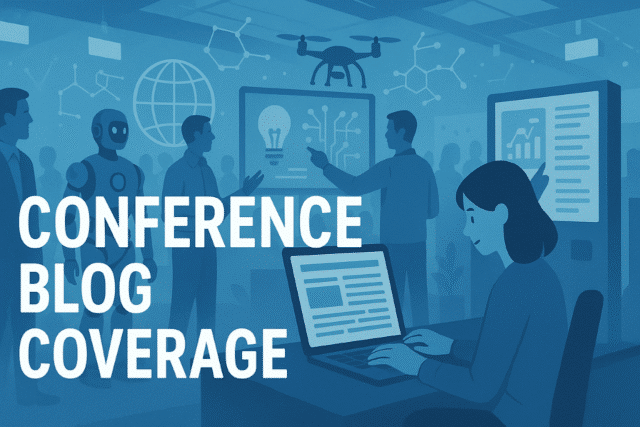Leveraging Innovation in Suiting Up

Some of today’s technology innovation can trace its roots back more than 100 years.
Consider the topic of wearable assistive technology such as exosuits. These are being leveraged today in foodservice distribution warehouses for benefits such as injury reduction and productivity improvements.
The origins of exosuits can be traced back to the 19th century through exoskeleton-type wearable devices to assist with posture and mobility, physical work, and supporting specific body parts.
Today in the U.S. workplace accidents cost employers $58.7 billion annually, according to Liberty Mutual’s latest Workplace Safety Index. Overexertion involving outside sources remains the top cause, accounting for $13.7 billion in costs, largely due to manual material handling. The report found that more than half (56 percent) of workplace injuries involving the back, shoulder, knee or multiple body parts drive nearly $32.6 billion in costs.
Exosuits are now far more advanced than their forerunners, said Paul Nicholson, vice president of Marketing, HeroWear, a designer and manufacturer of exosuits. The company reports a growing interest from the foodservice distribution sector. Exosuits are particularly well suited to the food industry due to its warehouse needs.
“The food industry tends to focus on high frequency picking of moderate-to-heavy items, which leads to difficult jobs,” he said.
HeroWear’s exosuits include elastic bands that offload strain on workers and incorporate the same type of foam material as high-performance running shoes.
“The suits work like an extra set of back muscles,” Nicholson explained.
He will be a speaker at the IFDA Solutions Conference on the topic of “Deploying Exosuits to Improve Worker Well-Being and Productivity.” In addition, HeroWear will be exhibiting at the conference Expo in booth 838.
The company’s original Apex exosuit model was launched in 2020, and HeroWear’s work with the U.S. army starting in 2021 led to technology advances that were incorporated into its latest Apex 2 version.
“Exosuit technology has come a long way very quickly, but it is still far from being ‘normal’ in warehouses today,” he said.
Organizations adopting exosuits now are “innovative companies looking to protect their people or seek out competitive advantages,” he added.
HeroWear plans to leverage its growing amount of data to help further drive guidelines and standards for exosuits. The future success of exosuits will hinge on how they are adopted and how employees are trained in their usage.
“You can’t simply hand out exosuits to teams and expect them (employees) to figure out how to work them into their operations,” he explained.
Article authored by freelance writer David Orgel.

